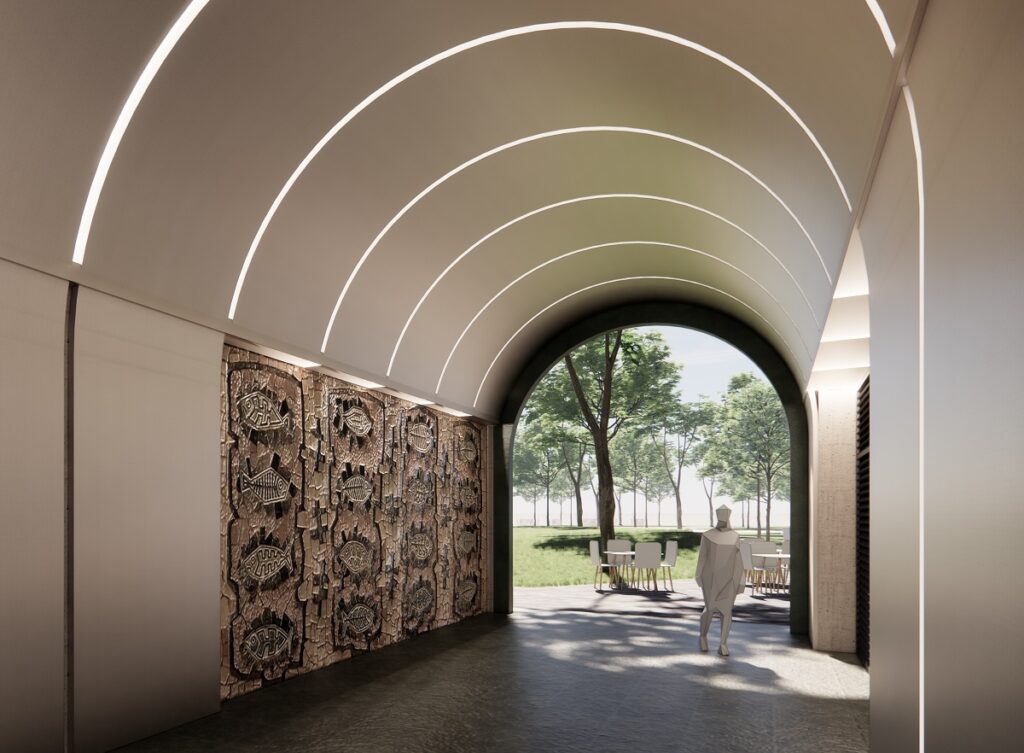The £96m Albion Square development has been approved by Hull City Council’s Cabinet.
The large development in Hull city centre will feature a mixture of residential, office and retail space, as well as a large urban park.
The eco-friendly and environmentally responsible project will include solar panels, EV charging points and a bike hub where cyclists will be able to store bikes.
Hull’s iconic Three Ships Mural will remain and be incorporated into the new development.

Demolition of the site will begin in early 2022 with construction starting in 2023. The transformative project is set to be completed in 2026.
Councillor Daren Hale, leader of Hull City Council, said: “Albion Square is a key component in the city’s regeneration.
“The large Albion Square site is an important and prominent location in our city centre, so it’s vital that we see it regenerated.
“This investment is not only crucial to the future success and prosperity of our city, but it’s also the only viable option for the site. In its current, undeveloped state, the site requires continuous and significant costs in order to keep it safe, and is also an obvious eyesore in what should be one of the most historic and impressive parts of our city.
“The only option, and the best option for Hull, is to regenerate the area.”
Alan Boyson’s Three Ships Mural will be incorporated and made a key component of the new development, alongside retail space facing Albion Square, adding to the retail offer of Jameson Street and King Edward Street.
The Fish Mural and Sponge Mural, currently located on the upper floors of the former BHS Building, will be saved and relocated within the new development.
The rear of the development will feature retail units, as well as housing that is sensitive and complimentary to the existing Georgian architecture on Albion Street. This will include family homes and apartments, some of which will have private gardens.

At the centre of the site, a new urban woodland will reconnect communities with city centre green space, allowing nature back into our urban areas through rewilding.
The urban park will be an example of how we can live with water, showcasing how rainwater can be stored, filtered, drained sustainably, and become an amenity, even play opportunity, for its inhabitants rather than relying on traditional underground drainage networks.
The result will be a dynamic and ever-changing park where water levels can rise and fall depending on weather conditions, to create either parkland or urban wetland.
The design of the park draws inspiration from Hull’s dramatic estuary landscape and the biodiverse and ecological-rich river banks. Bridges and decks will guide people through the park which will feature water, lush green spaces, seating areas and artistic elements.
